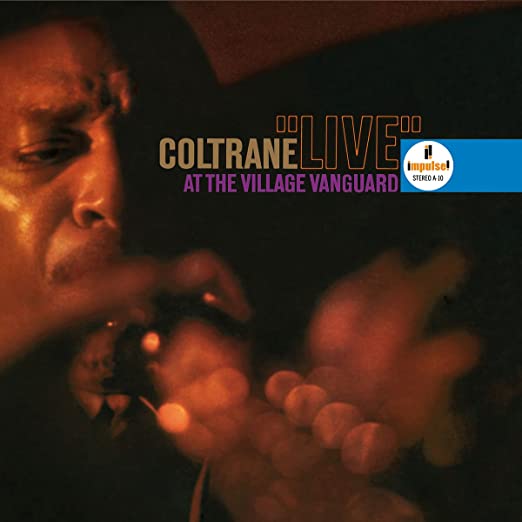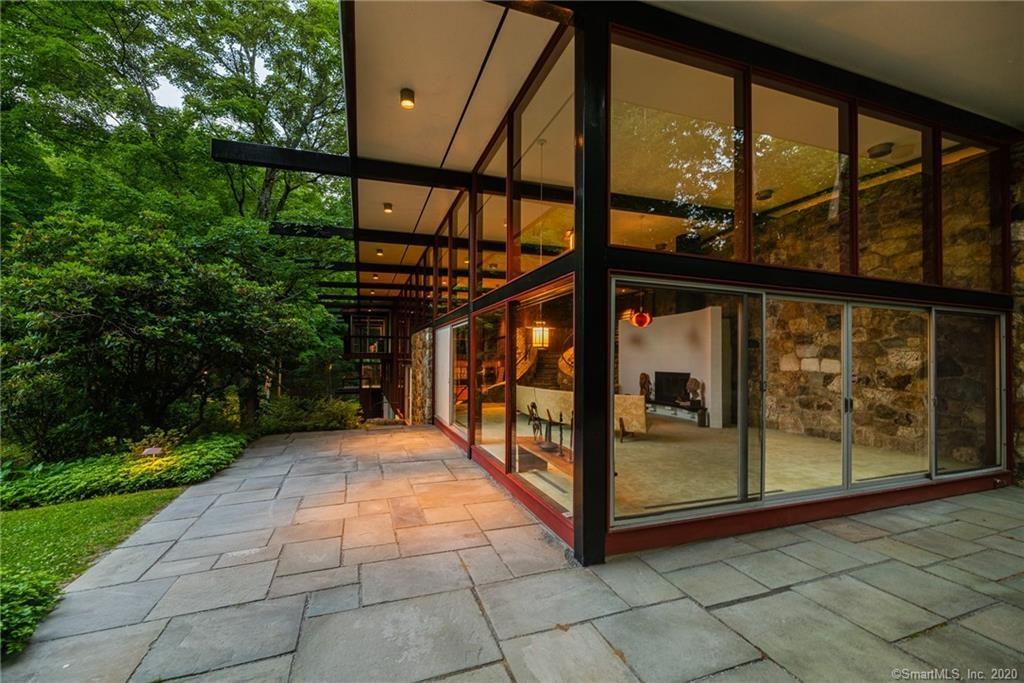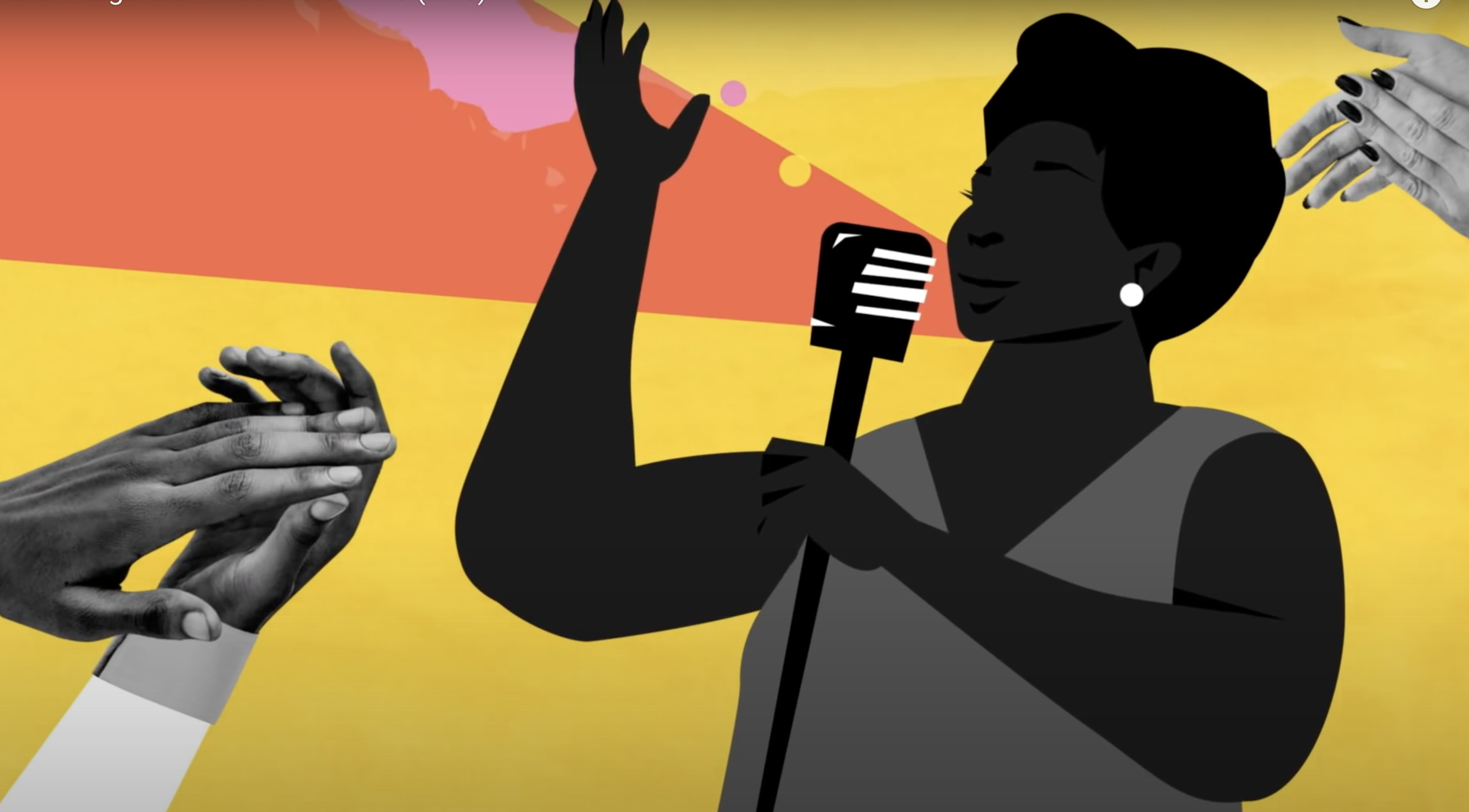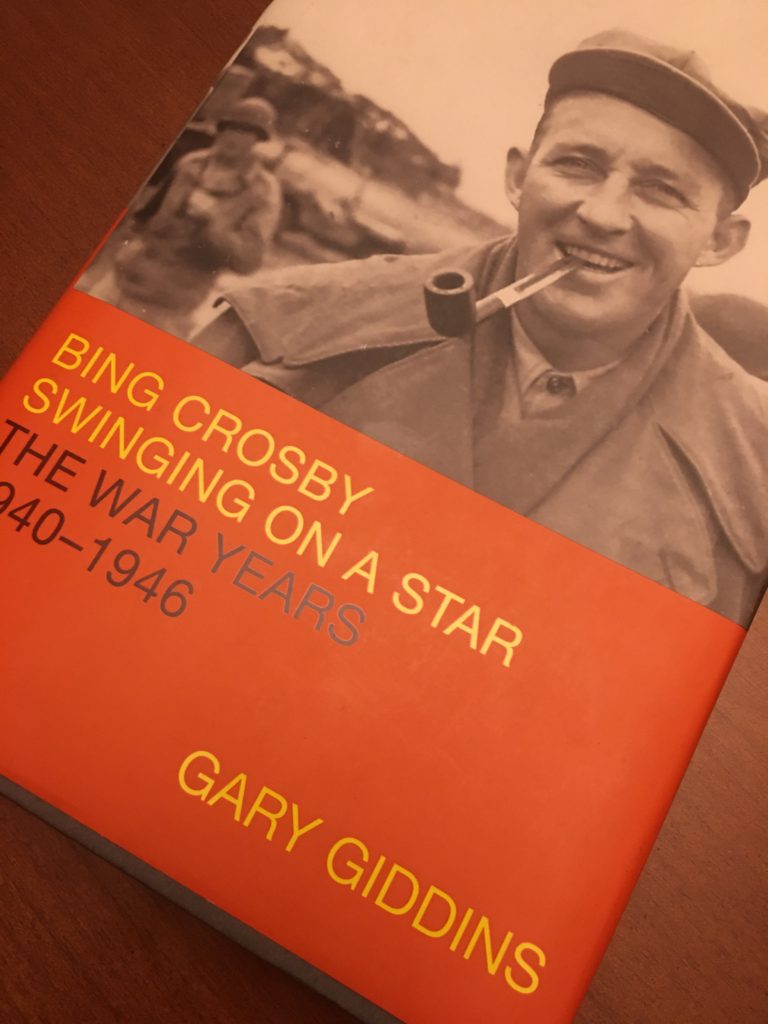What was going on in the world in 1961? A lot of eeriness, a lot of confused, threatened, concealed or failed aggression
Ben Ratliff
Taking inspiration from Coltrane’s two weeks at the Village Vanguard almost exactly 60 years ago, Ben Ratliff in the Washington Post riffs on John Coltrane and the Essence of 1961.
So here was a tendency: self-immersions, burials, entrapments, irritating provocations, projects with a built-in self-destruct button, all in the name of asking a better question. But whenever one proclaims a tendency in culture, one had better be prepared to find the opposite tendency at the same time. Sure enough, one could: plenty of joyous, communal, repetitive music, but similarly intense, and similarly resisting the concept of a leader, or a hero.
Ben Ratliff
Also mentioned: The previously unreleased recording of a live performance of A Love Supreme in 1965.





